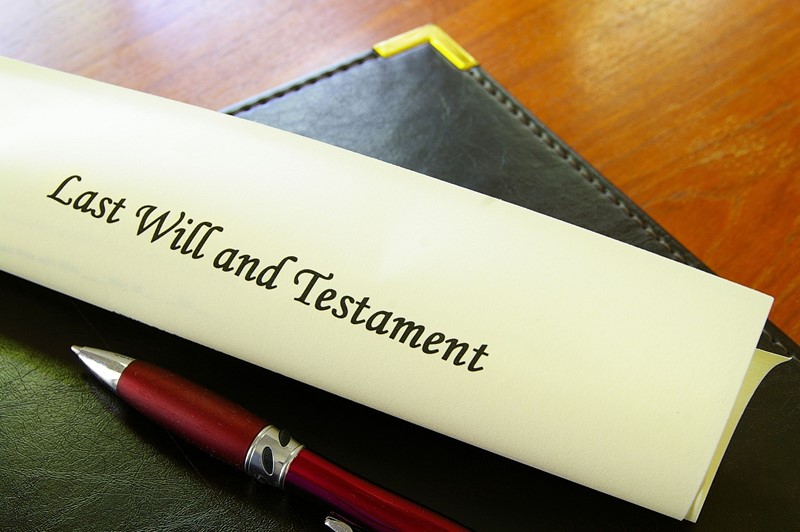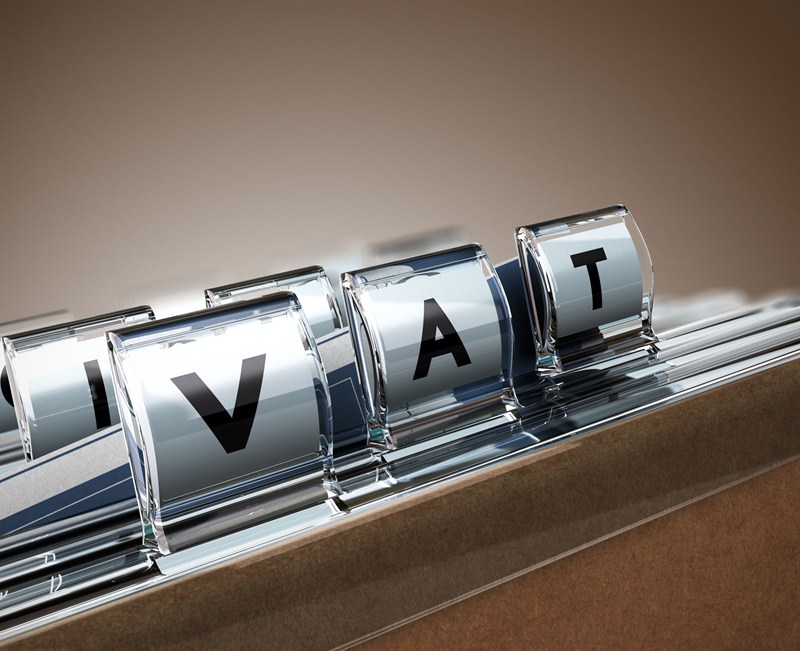You can usually claim tax relief for your private pension contributions. There is an annual allowance for tax relief on pensions of £60,000 for the current 2023-24 tax year. The annual allowance for 2022-23 was £40,000.
You can claim tax relief on private pension contributions worth up to 100% of your annual earnings, subject to the overriding limits. Tax relief is paid on pension contributions at the highest rate of Income Tax paid.
This means that if you are:
- a basic rate taxpayer you receive 20% pension tax relief;
- a higher rate taxpayer you can claim 40% pension tax relief; and
- an additional rate taxpayer you can claim 45% pension tax relief.
There are two kinds of pension schemes where you receive relief automatically. Either:
- your employer takes workplace pension contributions out of your pay before deducting Income Tax; or
- your pension provider claims tax relief from the government at the basic 20% rate and adds it to your pension pot (‘relief at source’).
If you are a higher rate or additional rate taxpayer, you can claim back any further reliefs you are entitled to on your Self-Assessment tax return. You may also need to make a claim if your pension scheme is not set up for automatic tax relief or if someone else pays into your pension.
There is a three year carry forward rule that allows you to carry forward any unused amount of your annual allowance from the last three tax years; if you have made pension savings in those years. (There used to be a lifetime limit for tax relief on pension contributions, but this was removed with effect from 6 April 2023.)
The above applies for claiming tax relief in England, Wales or Northern Ireland. There are regional differences if you are based in Scotland.












